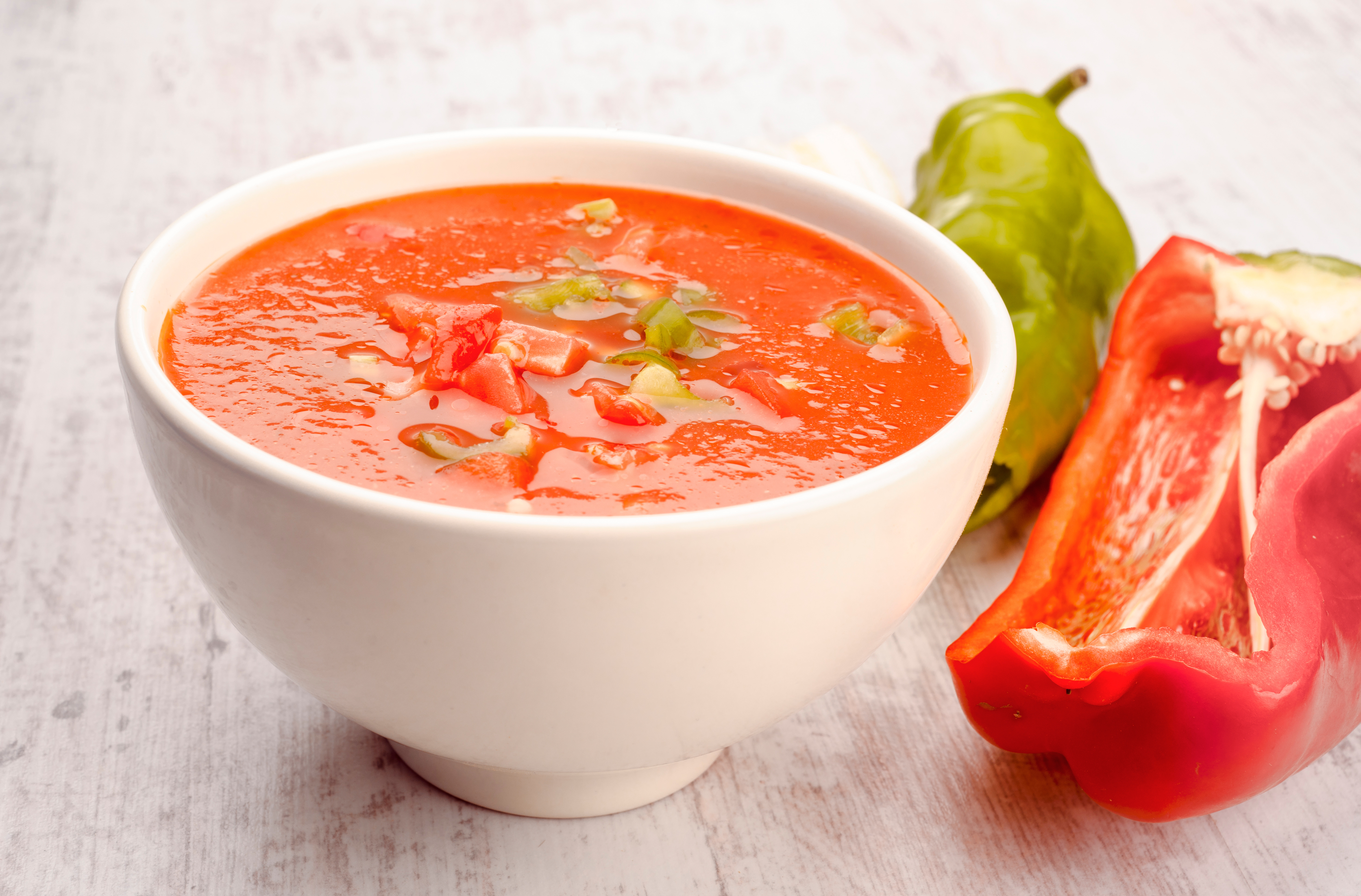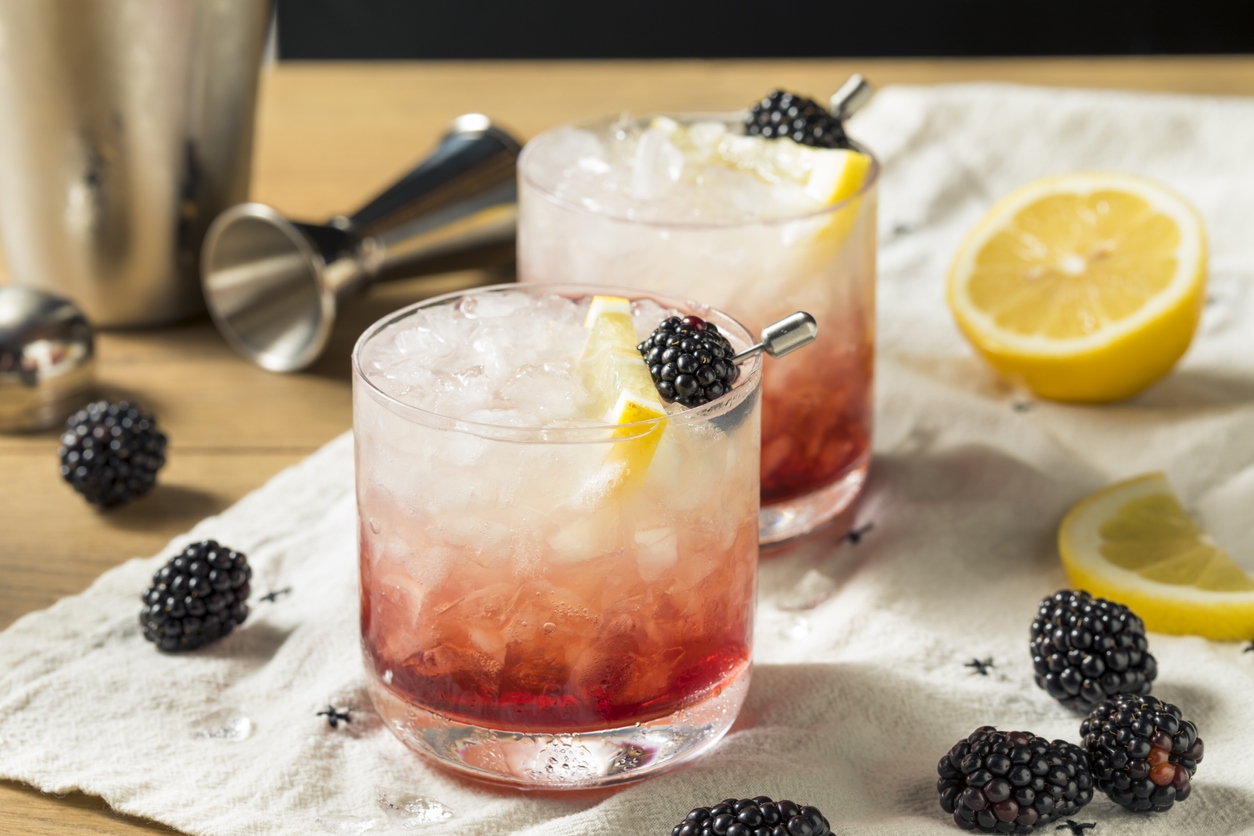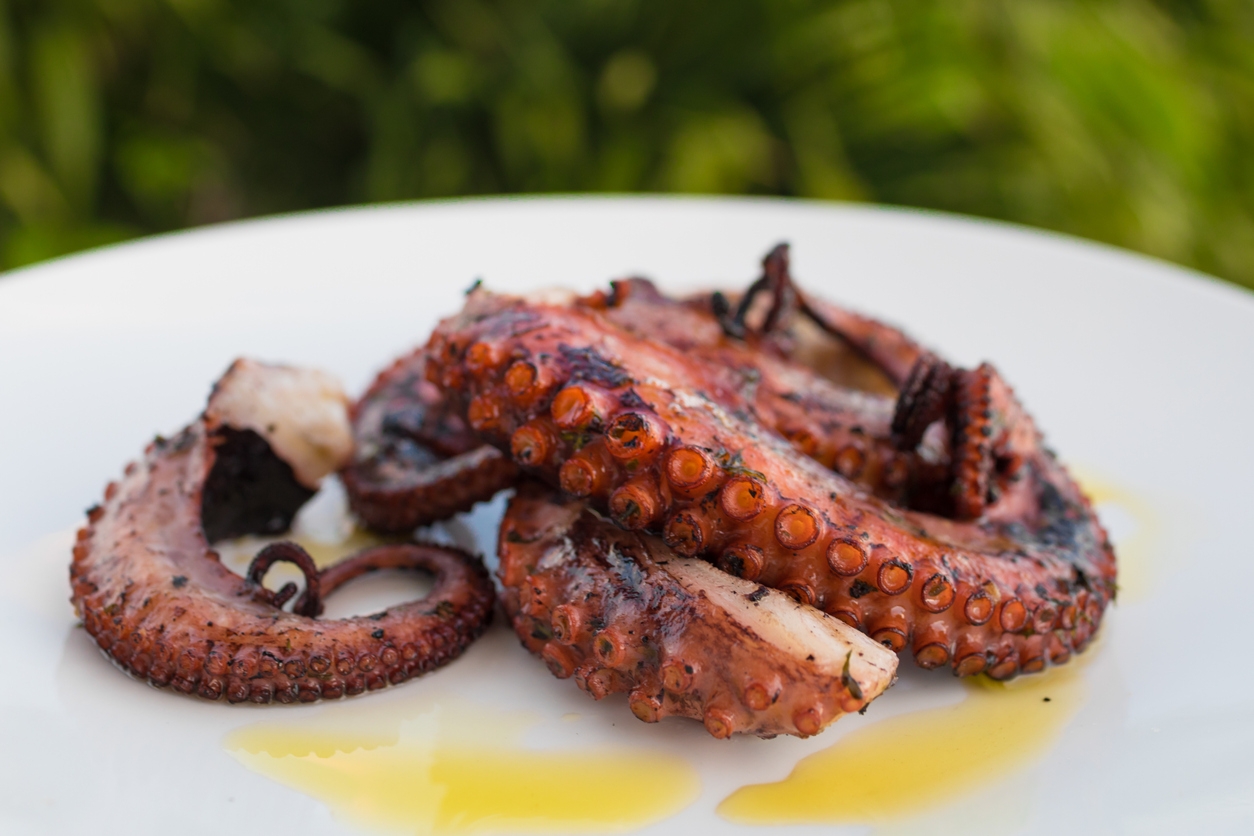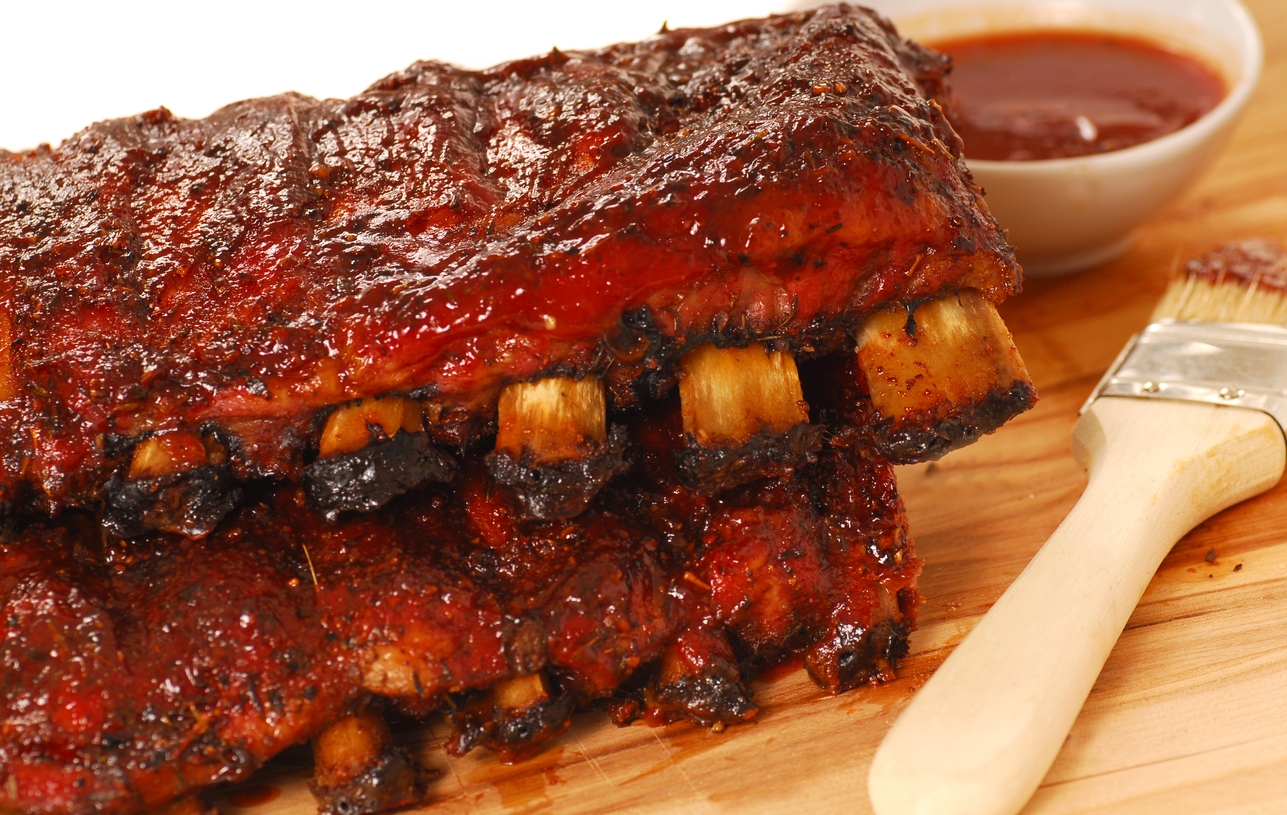All About Mushrooms
Believe it or not mushrooms are only the fruit of a larger underground fruit, new ones will appear year after year. Only recently has commercial cultivation of mushrooms been perfected. The range of mushroom varieties is dazzling. Varying from creamy white to nearly black, mushrooms may be tiny and pin like or nearly table-sized. Cooking with fresh mushrooms is a wonderful way for the home cooking wizards to add depth and richness to their creations. There is a mountain of technical information about mushrooms but for the sake of this article lets just stick to cooking and eating them.
Storage Tips:
- Keep mushrooms refrigerated. Remove only to use.
- Remove outer layer of plastic, and wrap with a paper towel
- Store mushrooms purchased from open shelves (bulk) in a brown paper bag the reduce the moisture buildup.
- Do not mist of sprinkle the mushrooms or store in plastic bags. Improper handling causes darkening and deterioration.
- Use mushrooms as soon as possible after purchase. Most varieties have a shelf life of 5 to 7 days. Vacuum packed Shiitake and Enoki last up to two weeks. Portobellos up to 10 days.
A Medley of Mushrooms:
- White Button (Agaricus) More than 90% of all mushrooms cultivated in the United States fall into this broad category. Although they are called “white button mushrooms” Agaricus vary in color from creamy white to light brown and range in size from the small “buttons” found in most supermarkets to jumbos. Fresh Agaricus mushrooms have a mild, woodsy flavor; cooked ones have a richer, earthier taste. White mushrooms may be used in almost any dish calling for mushrooms.
- Crimini: These light brown Italian mushrooms are similar to Agaricus, but darker and richer. Crimini are often chosen to replace white mushrooms to create a deep flavor.
- Enoki: These milky white delicate mushrooms have elongated stems topped with tiny caps. Enoki grow in clusters connected at the base and resemble an exotic flower. while the stems of other varieties are often discarded, Enokis are prized for their stems. These mild, crunchy mushrooms are most often eaten raw as garnishes for soups and salads.
- Shiitake: Also known as Oak or Black Forest mushrooms, Shiitakes are enjoying a recent surge in popularity. Their brown, umbrella shaped caps have a rich, pungent flavor. Shiitakes are often sold dry, a they need to be soaked for only a few minutes before cooking. Used most often in Asian dishes, their intense flavor complements spicy foods.
- Portobello: Portobello are larger varieties of Crimini and can grow up to 6 inches in diameter. The caps are thick and strong, with a meaty texture and flavor. Grilled like steaks, a Portobello cap nearly makes a meal in itself. these mushrooms may also be sliced and sauteed or stir fried.
- Oyster: Velvety Oyster mushrooms have a characteristic ruffled, fan like shape. Most often used in Asian recipes, they add a mild, delicate flavor. Oyster mushrooms have a long been sold in cans, but they are increasingly available fresh.
- Porcini: The caviar of mushrooms, this heavenly Italian variety is bursting with flavor. Porcinis are expensive but worth every penny. Even one or two added to a mushroom mix will transform your recipe. Porcinis are usually sold dried and need to be soaked before using.
- Morel: This mushroom has a distinctive brown sponge like cap with a maze of ridges over it’s surface and a white stem. Morels are usually cooked, and they add a subtle woody flavor to roasts and stews.
- Chanterelle: The cap on the yellow Chanterelle looks a bit like an umbrella turned inside out on a windy day. Chanterelles are firm, dense mushrooms and need a bit more cooking time than other varieties.
Information Courtesy of the Mushroom Council






No Comments